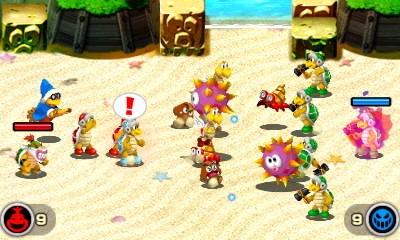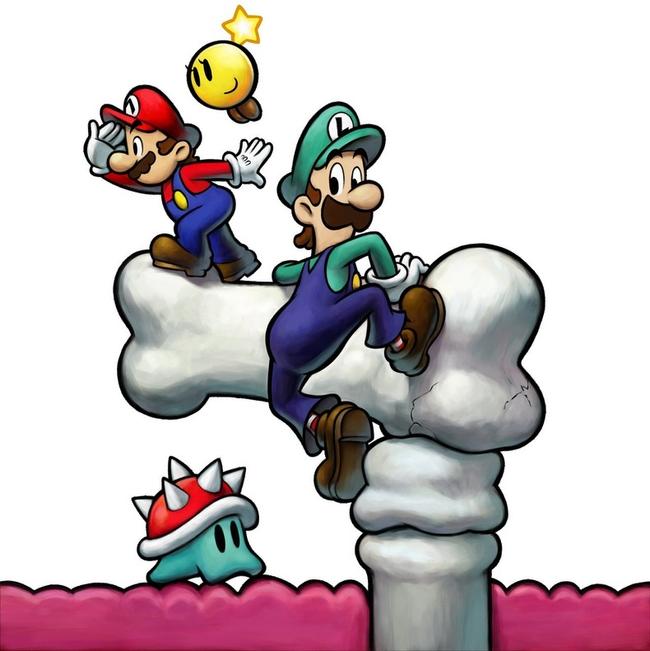
Yakuza 3 Review
Yakuza 3. The name alone resonates powerfully with gamers. It's a title many of us thought we would never see released in the west, and after more than a year of patiently waiting and hoping, the game has finally landed on our shores. Was it worth the wait?
The short answer is yes, although Yakuza 3 is not without its share of issues. The fact that the game hold up wonderfully despite this is a testament to its underlining gameplay, and gameplay is something that this unique action-RPG hybrid certainly doesn't lack.
Yakuza 3 puts you once again in control of the charismatic Kazuma Kiryu, who has since moved to Okinawa to distance himself from his old yakuza lifestyle. As if to drill this point home, Kiryu is so damned reformed that he has set up an orphanage for children and lives in a quaint little village where suits and guns are alien concepts.
Of course, there wouldn't be much of a game if you spent all day minding kids and fishing (mind you, there is a fishing mini-game, so that's not entirely out of the question...), and Kiryu's idyllic paradise is quickly put into jeopardy, dragging him once again back to the familiar streets of Kamurocho.

Yakuza 3's greatest strength lies in its brutal fisticuffs and combat, which will probably come as little surprise to anyone. Comprising of a majority of Yakuza 3’s actual gameplay, these wonderfully brutal fights are just as visceral as they were in the first game, with deep gameplay mechanics and varied moves holding the whole thing together wonderfully.
Whether it's a random brawl with some dead-beat hooligan or all out battle against half a dozen brutish suits, the combat is constantly invigorated by Kazuma’s huge array of moves and his ability to use that isn't bolted down. It is responsive and brutal, and counters and weapon disarms can also be pulled off with only a little practise, adding great depth to an already great combat system.
The excellent combat is topped off with a deep RPG-like levelling system which lets you build up Kiryu's attributes and moves as you progress through the game, which succeeds in keeping the combat fresh right up until the end of the game.
Kicking people's faces into the pavement is far from the only thing you can do in Yakuza 3 though. Players are given two fictional places to explore (Ryukyu in Okinawa and Kamuro-cho in Tokyo), both of which have been constructed with a great sense of location and Japanese identity. Exploring these two wonderfully detailed places is the key to the extensive additional content in the game - this is not a title in which you will simply want to rush through to the ending.
Over a hundred sub-missions become available to the player over the entire course of the game, with themes that range from the most serious (investigating local murders, to out-right ridiculous (running anyway from a lusting cross-dresser).

As with previous games in the series, there are also dozen of distractions outside of the main-story. Bowling, golf, billiards, gambling, poker, karaoke, you name it. It's safe to say there is more additional content in the game than there is story content... which is by no means a bad thing. It's not a game in which you will run out of things to do.
Of particularly worthy mention is Boxcelios, an arcade game, dotted around the city in the many Club Sega emporiums, which on its own is of superior quality than many of the downloadable games you can find clogging up the PSN, Xbox Live, and the WiiWare store.
Even with all this content, there's a nagging sense of "what could have been..." for those who know just how much content was removed for the western release. Considering the game is unabashedly Japanese, Sega believes that some of these elements simply wouldn't be enjoyed by a western audience, and this has unfortunately seen a significant amount of addition content removed from the western localisation.
Amongst the cut content are Mahjong and Shogi (Japanese chess) games, the Club Sega trivia games, and the hostess clubs, the last of which up for a significant amount of content. Other segments were apparently removed due to the amount of dialogue in them being so overwhelming that they would have added months to the localisation efforts.
It's an understandable decision, but nevertheless a disappointing one.

It also doesn't help that many of the parts in-between the combat and the endless distractions often feel slapped together. There is a nagging feeling at times that you are playing an upscaled PS2 game, with a rampant use of text boxes and awkward animation driving many of the peripheral scenes forwards.
Kiyru's movement outside of combat also feels incredibly detached from his surroundings, more akin a mannequin brought to life than a real person interacting with his surroundings. With the huge leap in procedural animation recently seen in titles such as GTAIV, which succeeded in making your character feel like a living, breathing entity within a virtual world, this kind of animation can sometimes be painful to watch, and often pulls you out of the immersion that the game otherwise so masterfully succeeds in drowning you in.
Yakuza 3 is a strange beast. It is a convoluted blend of opposites and contradictions - brutal and sometimes even thought-provoking maturity sits alongside the kind of over-the-top silliness that wouldn't be out of place in a badly dubbed kung-fu flick, whilst top quality production values and cutscenes walk hand-in-hand with archaic video game mechanics and design ideas, but despite all the dichotomies at work in this game (or possibly even because of them)... it works.
It is, for all intents and purposes, a Grand Theft Auto for a Japanese audience, but it is a wholly distinctive game of its own, and there's nothing else on the market quite like it. It is a study in Japanese video game design sensibilities, both good and bad, and it is worth the purchase alone to experiences just how different it is.